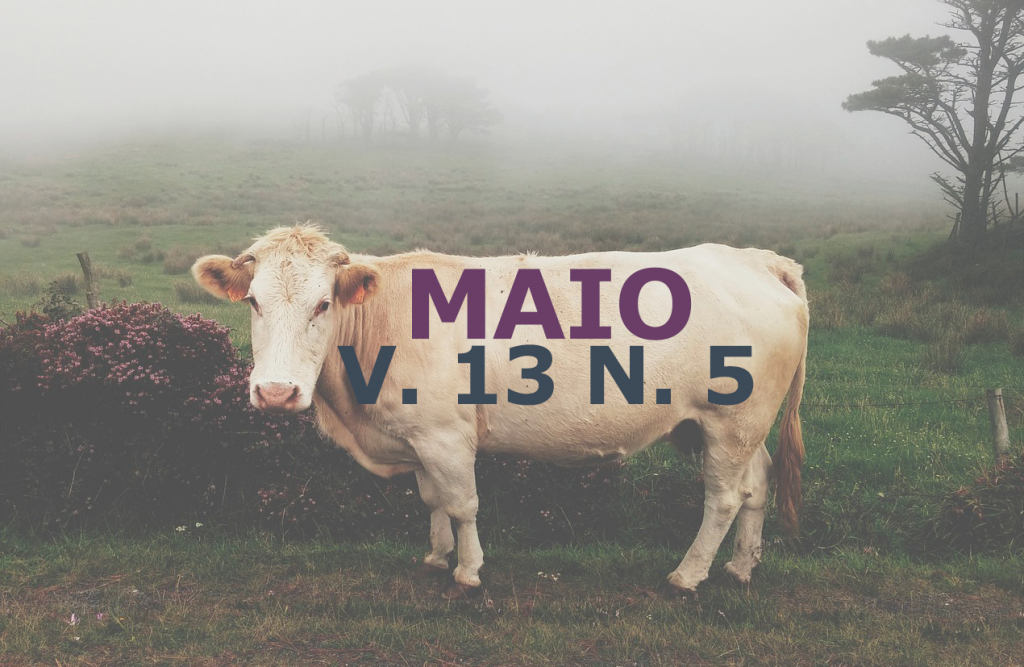Antinutritional factors of importance in animal nutrition: Composition and function of secondary compounds
DOI:
https://doi.org/10.31533/pubvet.v13n5a327.1-19Keywords:
phytate, gossypol, lignins, tannins, saponinsAbstract
Anti-nutritional factors are substances that even in vestigial state, reduce or prevent the use of a nutritional element. These anti-nutritional factors, most of which are secondary metabolites, which can be defined as compounds that have no recognized role in the maintenance of vital plant processes that synthesize them, in contrast, play an important role in the interaction of the plant with its environment. Anti-nutritional factors are usually not seen with "good eyes". Although the term anti-nutritional factors refer only to the "bad" characteristics of these substances, it is worth remembering that they are not only responsible for generating adverse effects. On the contrary, virtually all of them, if not all, are capable of conferring, also, possible beneficial effects to the animal organism. Some phenolic compounds of greater representativeness in the animal feed, are: tannins, lignins and gossypol. However, there are also saponins, mimosins, phytate, lectins, protease inhibitors and cyanogenic glycosides. All present in the plants, each with its particularity that will be explained throughout this review.
Downloads
Published
Issue
Section
License
Copyright (c) 2019 Carla Giselly de Souza, Andrezza Kyarelle Bezerra de Moura , Jennifer Nandes Pereira da Silva, Kilmer Oliveira Soares, Joelma Vasconcelos Celestino da Silva, Priscylla Carvalho Vasconcelos

This work is licensed under a Creative Commons Attribution 4.0 International License.
Você tem o direito de:
Compartilhar — copiar e redistribuir o material em qualquer suporte ou formato
Adaptar — remixar, transformar, e criar a partir do material para qualquer fim, mesmo que comercial.
O licenciante não pode revogar estes direitos desde que você respeite os termos da licença. De acordo com os termos seguintes:
Atribuição
— Você deve dar o crédito apropriado, prover um link para a licença e indicar se mudanças foram feitas. Você deve fazê-lo em qualquer circunstância razoável, mas de nenhuma maneira que sugira que o licenciante apoia você ou o seu uso. Sem restrições adicionais
— Você não pode aplicar termos jurídicos ou medidas de caráter tecnológico que restrinjam legalmente outros de fazerem algo que a licença permita.





